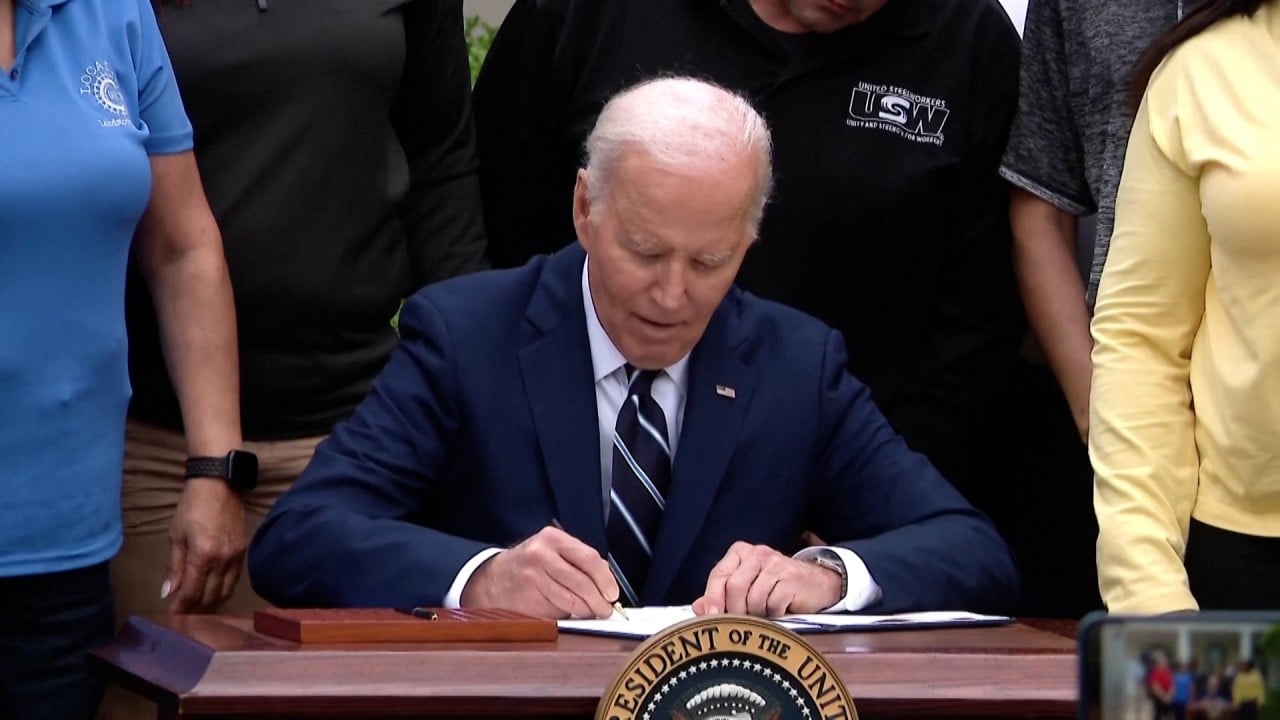China’s interbank system promoted as safeguard against Swift consequences

China should promote its indigenous cross-border interbank system to reduce risks to its financial security, a senior researcher for a state-owned bank has said, as the drawbacks of a US-centred global monetary system have become too prominent to ignore.
The deterioration of China-US relations and repeated threats from Washington to kick Chinese commercial banks out of the global financial system means it is difficult for the country’s financial security to stay unaffected, said Yuan Benxiang, who works in the operations management department at the Agricultural Bank of China.
“At present, the drawbacks of the international monetary system dominated by the US dollar have emerged, and the credibility of the Society for Worldwide Interbank Financial Telecommunication (Swift) system has declined. Many countries are increasingly willing to seek alternatives,” wrote Yuan in an article published on Tuesday by the monthly Tsinghua Financial Review.
Yuan’s comments highlighted growing unease among Chinese financial institutions connected to Swift, a messaging system that facilitates rapid cross-border payments.
But Swift – which has been in operation for more than 40 years – has a “first-mover” advantage and more than 11,000 participants globally, Yuan said, making it difficult for China to bypass the system.
“In view of a small number of direct participants, CIPS should demonstrate the feasibility of access for overseas participants, create convenient conditions for their access under the premise of controllable risks and increase the promotion and application of indirect participants,” Yuan said.
According to information on the CIPS site, there are presently 150 direct participants and 1,401 indirect participants.
Direct participants must be financial institutions incorporated in China, while indirect participants must deal with direct participants to use the service. Yuan said the latter group is still using Swift.
In the long run, Swift has “dominant control” over China’s payment and settlement and is a “choke point” to the country’s financial security that needs to be “urgently” resolved, Yuan said.
Other risks given voice by Yuan were more direct, as the researcher claimed the United States could mine data from cross-border transactions to better analyse the state of China’s economy.
The US also maintains a strong influence on Swift’s board of directors, mainly made up of nationals from friendly country blocs like the Group of 10 (G10) and the European Union, Yuan said. China and developing countries have little sway with the governing body, which is responsible for operations and management.
More transactions by foreign nationals using the digital yuan could “seize market shares” with consumers and grow the influence of the currency, he said.
Yuan added more effort should be made to encourage financial institutions from countries with strong trade ties to join the China-led mBridge project, which is experimenting with cross-border payments in non-dollar digital currencies.
Source link




